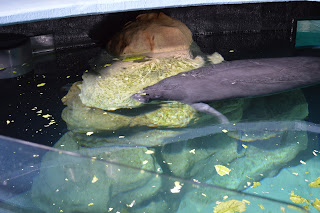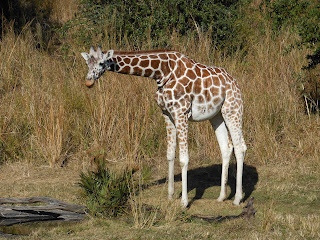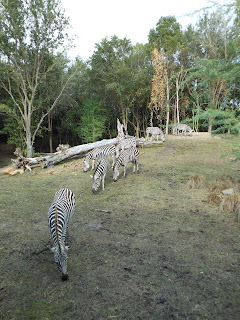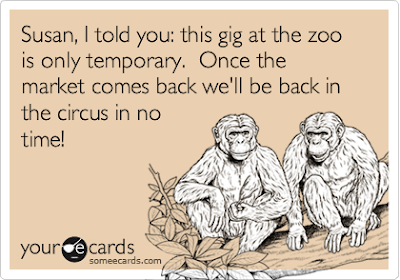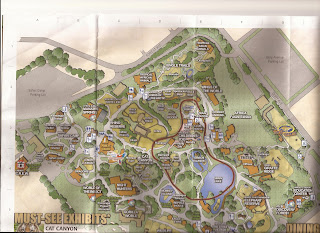It’s
time to look back and reflect on Zoo Tails’ 2012 Year in Review. We
were able to visit quite a few different zoos and aquariums across the
country with some brand new to us places too!
Zoos and Aquariums I visited in 2012:
Zoo Tails Highlights of 2012
We’re lovers of animals of all shapes and sizes, whether they are in captivity or not. Some of our favorite moments and highlights from 2012 here:
Our most read posts from the past year are:
Zoos and Aquariums I visited in 2012:
- Columbus Zoo and Aquarium
- ZooAmerica (next to HersheyPark)
- Marine Mammal Center near San Francisco (not a zoo or aquarium but thought I would include it anyways)
- Monterrey Bay Aquarium
- Disney’s Animal Kingdom
- The Seas with Nemo and Friends at Epcot
Zoo Tails Highlights of 2012
We’re lovers of animals of all shapes and sizes, whether they are in captivity or not. Some of our favorite moments and highlights from 2012 here:
- Seeing Jack Jack Hannah at the Columbus Zoo for the first time
- Checking out the new Stingray Bay attraction
- Safari Africa construction finally underway
- Seeing sea otters in captivity and in the wild
- Whale watching in San Francisco and spotting a blue whale
- Fantastic interview with Stacey Tarpley about zoo design
Our most read posts from the past year are:
- Columbus Zoo Safari Africa expansion plans revealed
- Playmobile Zoo Model
- Stingray Bay Update
- How to draw zoo animals step by step
- Woodland park zoo map 2009
Looking Ahead to 2013
In 2013, we’re looking forward to the continuing construction of Safari Africa at the Columbus Zoo along with any other new updates this coming year. In terms of trips, I’d love to be able to go back to Disney again, or even go to Disneyland in California and also hit the San Diego Zoo (it’s been six years since my first visit). Oh, I almost forgot, SeaWorld Orlando is building their largest expansion in history, Antarctica: World of the Penguin which is going to feature a new “trackless” ride experience and an up close encounter with penguins. I’d like to check that out along with Discovery Cove. This is all just wishful thinking at the moment - we’ll see what happens! What are your zoo plans going to be?
Happy new year!
-Nick
In 2013, we’re looking forward to the continuing construction of Safari Africa at the Columbus Zoo along with any other new updates this coming year. In terms of trips, I’d love to be able to go back to Disney again, or even go to Disneyland in California and also hit the San Diego Zoo (it’s been six years since my first visit). Oh, I almost forgot, SeaWorld Orlando is building their largest expansion in history, Antarctica: World of the Penguin which is going to feature a new “trackless” ride experience and an up close encounter with penguins. I’d like to check that out along with Discovery Cove. This is all just wishful thinking at the moment - we’ll see what happens! What are your zoo plans going to be?
Happy new year!
-Nick

